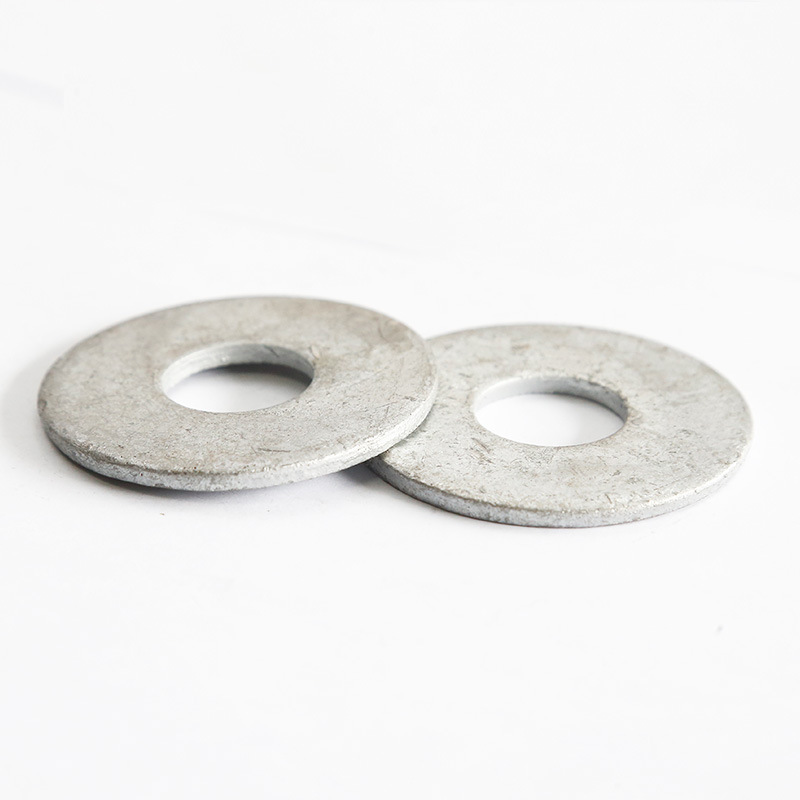

Understanding the Functionality and Benefits of M5 Lock Washers in Fastening Applications
Dec . 03, 2024 23:29 Back to list
Understanding the Functionality and Benefits of M5 Lock Washers in Fastening Applications
Understanding M5 Lock Washers Importance and Applications
Lock washers are a crucial component in various mechanical assemblies, providing a solution to the common problem of fasteners loosening under dynamic loads. Among the various sizes and types of lock washers available in the market, the M5 lock washer is particularly notable for its practicality in securing bolts and nuts in a wide range of applications.
What is an M5 Lock Washer?
The M5 designation refers to the metric sizing of the bolt or screw that the lock washer is designed to fit. Specifically, an M5 bolt has a nominal diameter of 5 millimeters. Lock washers come in different designs, including split lock washers, tooth lock washers, and flat lock washers, each tailored for specific requirements. The M5 lock washer can be produced in various materials, such as stainless steel, carbon steel, and even plastic, depending on the application and environmental conditions.
Types of M5 Lock Washers
1. Split Lock Washers These washers are perhaps the most common type of lock washer. They consist of a ring that is split and twisted into a helical shape. When the fastener is tightened, the split in the washer expands and exerts a spring-like force, creating resistance to loosening.
2. Tooth Lock Washers Tooth lock washers, which can feature either internal or external teeth, grip the surface beneath the bolt or nut. The teeth dig into the surface when the fastener is tightened, providing additional friction and resistance against loosening.
3. Flat Lock Washers These are unremarkable in appearance but serve a vital role. They distribute the load of a fastener over a larger surface area, reducing the chances of damage to the material being fastened. While not inherently locking, they are often used in conjunction with other locking mechanisms for enhanced effectiveness.
m5 lock washer

Importance of M5 Lock Washers
The primary function of an M5 lock washer is to prevent the loosening of nuts and bolts that can occur due to vibration, thermal changes, and general wear over time. This is particularly important in dynamic environments, such as in automotive applications, aerospace, and machinery where parts experience rapid movement and fluctuating loads.
Lock washers are also essential in ensuring the integrity and safety of structures and products. A loose bolt can lead to catastrophic failures, costly repairs, and even endanger lives. For example, in the construction of bridges or buildings, the use of M5 lock washers can ensure that critical components remain securely fastened, contributing to the overall stability and safety of the structure.
Applications of M5 Lock Washers
M5 lock washers are utilized in a myriad of applications across different industries. In the automotive sector, they are commonly found in engine assembly, where nuts and bolts are subjected to significant vibrations. Machinery manufacturing also heavily relies on these washers to maintain the integrity of assembly components under working conditions.
Electronics and appliance manufacturing is another field where M5 lock washers are indispensable. As devices become more compact, ensuring that internal components remain secured during operation becomes critical. Additionally, M5 lock washers are often used in furniture assembly, ensuring that joints remain tight and stable over time.
Conclusion
In summary, M5 lock washers play an essential role in securing fasteners against loosening due to dynamic forces in various applications. Their various designs and materials can cater to different needs, making them a staple component in many industries. Understanding the importance and function of M5 lock washers can lead to better assembly practices, increased safety, and enhanced durability of mechanical structures and devices. Whether in automotive, aerospace, machinery, or consumer products, the role of these seemingly simple components cannot be underestimated. As technology continues to evolve, the reliance on effective fastening solutions like M5 lock washers will only grow, highlighting their enduring significance in modern engineering and manufacturing.
Latest news
-
Hot Dip Galvanized Bolts-Hebei Longze|Corrosion Resistance&High Strength
NewsJul.30,2025
-
High-Strength Hot-Dip Galvanized Bolts-Hebei Longze|Corrosion Resistance&High Strength
NewsJul.30,2025
-
Hot Dip Galvanized Bolts-Hebei Longze|Corrosion Resistance&High Strength
NewsJul.30,2025
-
Hot Dip Galvanized Bolts - Hebei Longze | Corrosion Resistance, High Strength
NewsJul.30,2025
-
High-Strength Hot Dip Galvanized Bolts-Hebei Longze|Corrosion Resistance, Grade 8.8
NewsJul.30,2025
-
Hot Dip Galvanized Bolts-Hebei Longze|Corrosion Resistance,High Strength
NewsJul.29,2025

